Report this entry
More from the same community-collection
Exhibition - Saint Patrick Cathedral & Cathedral High School
Exhibition Celebrating Saint Patrick Cathedral & Cathedral High ...
Mayor Dee Margo & Adair Margo - 2017 - El Paso, Texas
Photograph of Dee Margo & Adair Margo - El Paso, Texas El ...
Cathedral High School, Mr. Guereca's Memorial Ceremony.
Cathedral High School Alumni Coir preps for Mr. G's memorial ...
The Reception at the APB Cathedral HS
The Alumni Choir readies for the main performance at the All ...
Mr Guereca's Celebration Memorial Reception
One of Mr. G's pianist now plays and leads the CHS Choir. Victor ...
Cathedral High School, Mr. Guereca Memorial Celebration
Mr. Guereca Memorial Celebration. Location El Paso, Texas - ...
Cathedral High School, Mr. Raul Guereca Memorial Celebration
Cathedral High School, Mr. Guereca Memorial Celebration, John ...
Cathedral High School, Mr. Guereca Memorial Celebration
Cathedral High School, Mr. Guereca Memorial Celebration, Johny ...
Cathedral High School Fighting Irish Football Fight Song
Cathedral High School, Mr. Guereca Memorial Celebration, John ...
Cathedral High School, Mr. Guereca Memorial Celebration
Mrs. Blanche Martinez right sits with Mrs. Armendariez to enjoy ...
Cathedral High School, Mr. G"s Memorial Celebration
Cathedral High School, Mr. G"s Memorial Celebration
Cathedral High School, Mr. G"s Memorial Celebration
Cathedral High School, Mr. G"s Memorial Celebration
Cathedral High School, Mr. G"s Memorial Celebration
Cathedral High School, Mr. G"s Memorial Celebration
Cathedral High School, Mr. G's Dedication 25 February 2016
Cathedral High School, Mr. G"s Dedication
Cathedral High School, Mr. G"s Memorial Celebration
Cathedral High School, Mr. G"s Memorial Celebration
Cathedral High School, Mr. G's Dedication
Cathedral High School, Mr. G"s Dedication, Brother Nick, Clay ...

















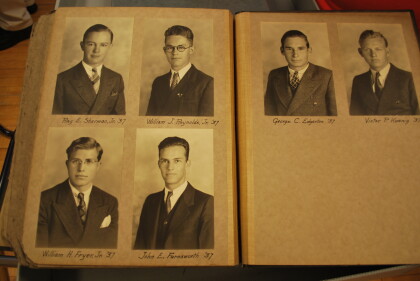
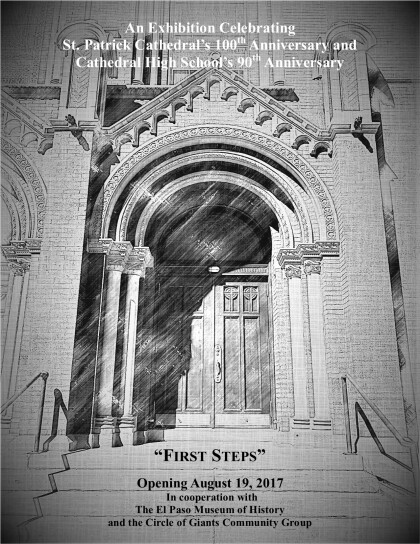

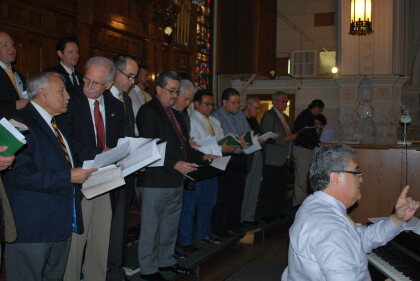
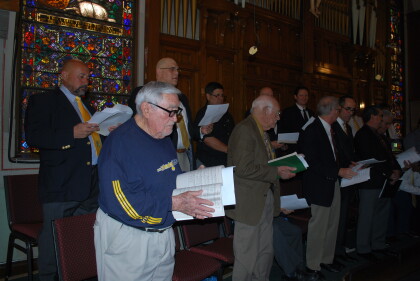
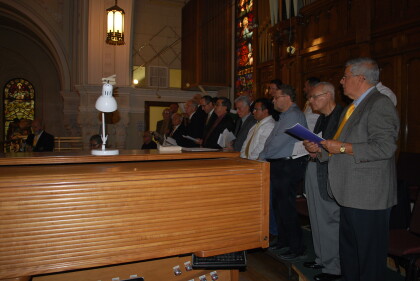
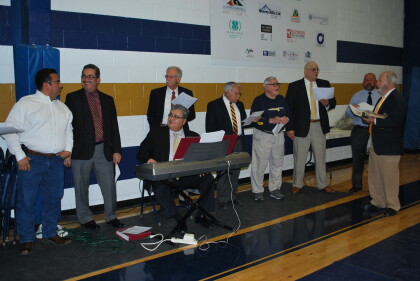

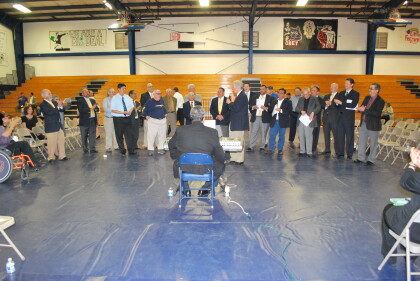
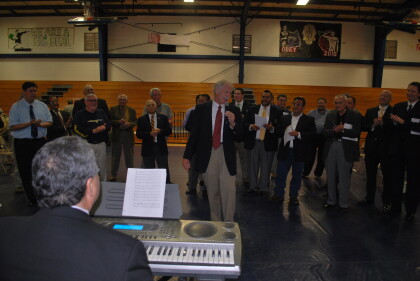
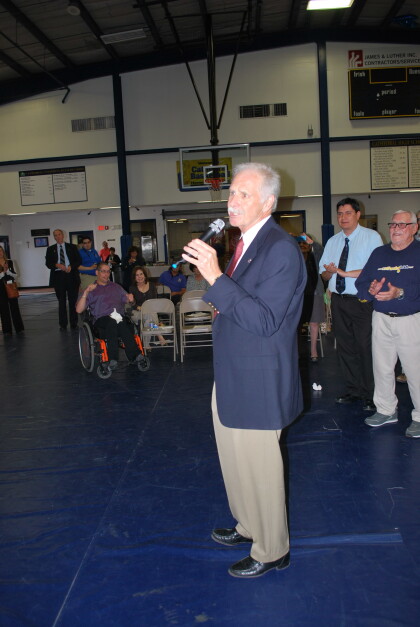
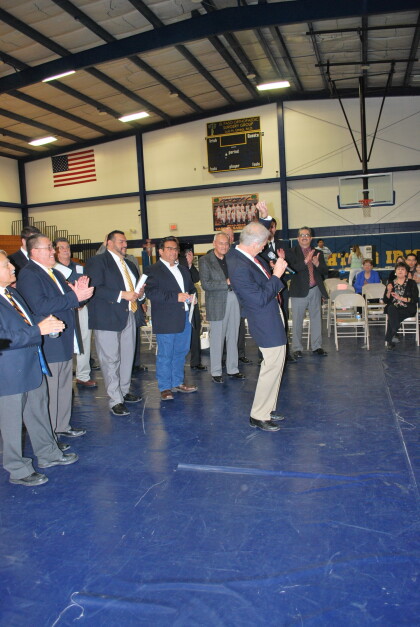
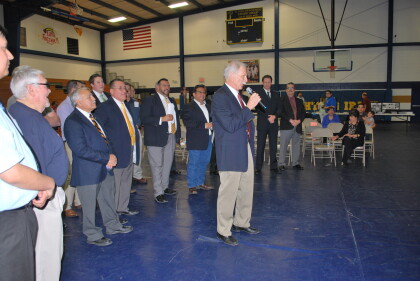
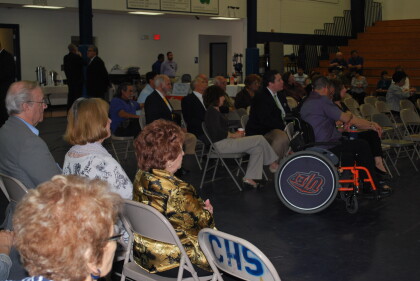
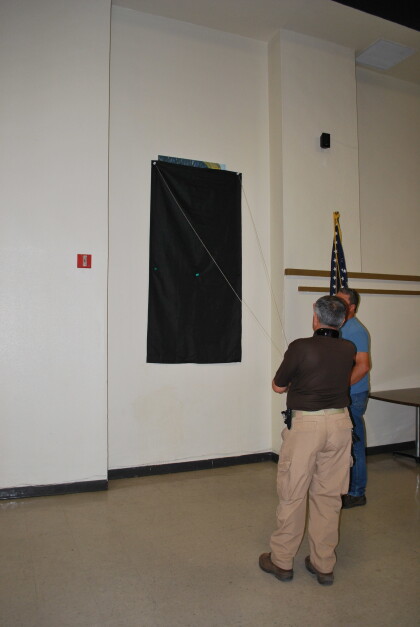
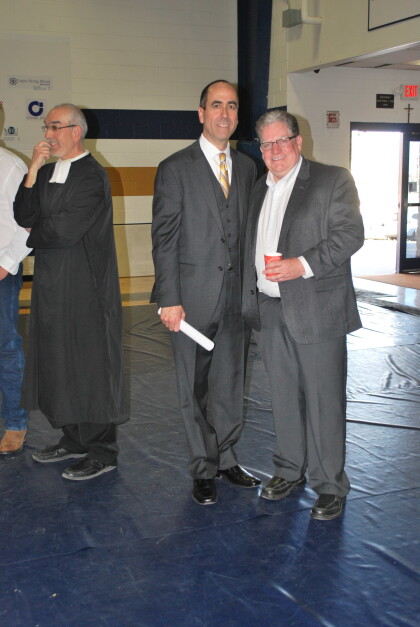
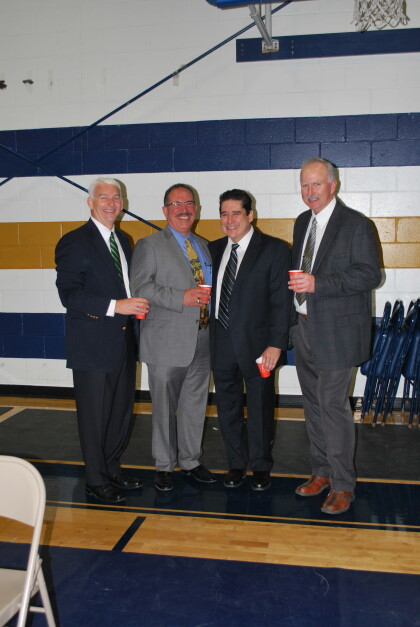
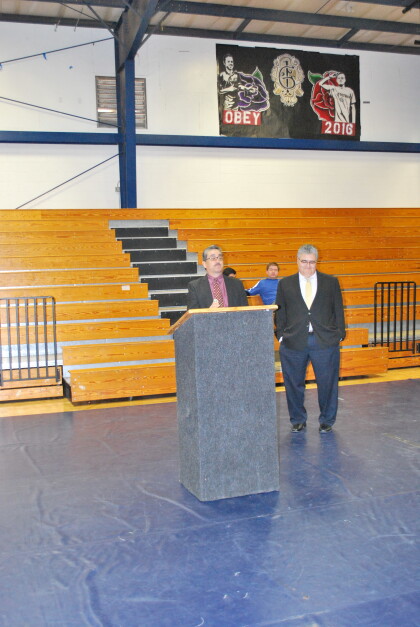
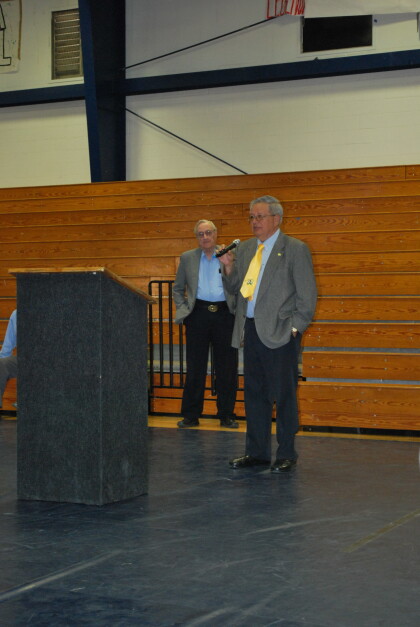
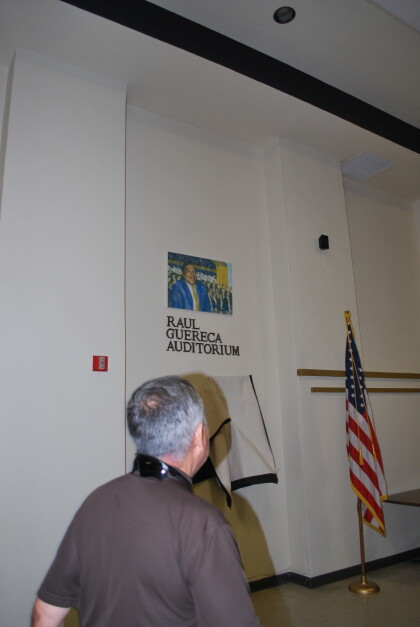
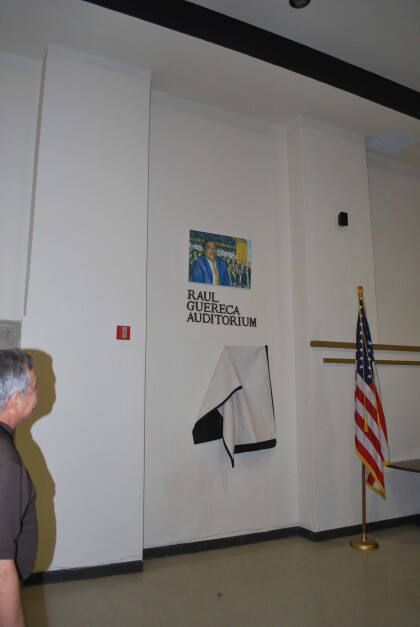
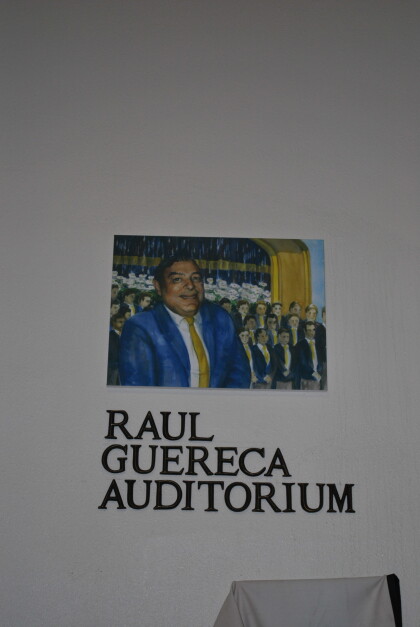
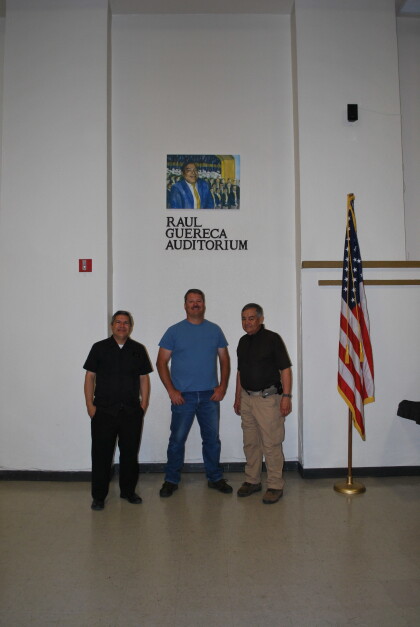
Comments
Add a comment